Description
Ever thought of a cactus with a history of 3000 years? Meet – Echinopsis Pachanoi Cactus San Pedro. It is a tall, columnar succulent cactus that has been revered for decades as a sacred cactus in the traditional Andean cultures.
Beyond the appeal and silhouette, it is deeply rooted in ancient times and present-day cultural and spiritual practices, offering a living piece of historical treasure.
Popular for its fast growth and endurance, Echinopsis Pachanoi’s striking vertical stature and star-shaped white blooms make it an ideal addition to rock gardens, xeriscaping, or as a statement plant for any landscape.
Take a tour of this guide to gain insights about its origin, significance, care, and uses.
Explore the Botanical Background of Echinopsis Pachanoi Cactus San Pedro
Commonly known as Cactus Trichocereus Pachanoi, Achuma, Wachuma, or Pachanoi Trichocereus, this plant originated from the Andes mountains and is native to Peru, Ecuador, Bolivia, and parts of Northern Argentina.
To further appreciate the plant and the value it holds in the family of Cactaceae, let us learn its botanical background and plant profile.
| Botanical Name | Trichocereus Pachanoi |
| Plant Type | Perennial succulent cactus |
| Kingdom | Plantae |
| Clade | Tracheophytes |
| Clade | Angiosperms |
| Clade | Eudicots |
| Order | Caryophyllales |
| Family | Cactaceae |
| Genus | Trichocereus |
| Species | T. macrogonus var. pachanoi |
Due to the presence of mescaline in San Pedro Trichocereus Pachanoi, it is legal to use it for ornamental purposes in many countries, but non-ornamental uses are subject to restrictions.
How to Differentiate San Pedro Trichocereus from Other Cactus
If you are new to the Echinopsis Pachanoi Cactus San Pedro or the cacti in general, here is how you can identify this Andean beauty by the following traits.
| Traits | San Pedro Cactus | Cacti (In General) |
| Ribs | Usually, 6-8 broad, rounded ribs, and sometimes it is found between 5-9. | Often sharper, narrower, or with more ribs. |
| Areoles | Small and spaced 1–2 inches apart. | Larger, woollier, and placed closely together. |
| Spines | Short (0.4–2 cm), yellow to brown, and few. | Long, dense, and sharp spines for added protection. |
| Color | Bright to dark green and sometimes bluish-green. | Grey-green, deep blue, or reddish variegated tones. |
| Flower | Showy, fragrant white blooms. | Smaller and different colored blooms (red, yellow, or pink). |
With these traits and distinctions, you can identify San Pedro among other varieties.
From Rituals to Gardens: Significance of Cactus Echinopsis Pachanoi
From sacred ceremonies in ancient cultures to being a star in modern gardens, Trichocereus Echinopsis Pachanoi has remarkable uses and benefits. Let’s explore some of the upsides of this succulent.
- Medicinal Value: It is used to treat various ailments like arthritis, inflammation, or fever and promote well-being, strength, and stamina. Besides, this plant is also used in various traditional veterinary practices.
- Cultural Practices: Celebrated in Andean cultures for building spiritual connections, divination, and protection.
- Psychoactive Effects: This plant is rich in mescaline, a natural hallucinogen, which makes it popular for ceremonial and shamanic use in South Africa.
- Fast Growth & Drought-Tolerant: San Pedro grows rapidly in comparison to other cacti and can thrive in arid, low-water, and climatic conditions.
- Low-Maintenance: It is an extremely easy-care plant and is suitable for novice and busy gardeners.
This multifaceted cactus brings history, elegance, and unlimited benefits to any garden or landscape.
| Blooming Fact!
San Pedro Cactus flowers are special as they only bloom at night and attract various pollinators, like bats and moths, with their ineffable fragrance. |
Ultimate Guide to Keep Your Pachanoi Echinopsis Happy
If you do not have any experience with cacti, do not worry, this Echinopsis plant is extremely friendly and easy to care for. Have a look at how you can maintain the lush growth of this sacred cactus.
| Hardiness | 8-10 USDA |
| Light | It thrives in full sun to partial shade, with at least 6 hours of direct light daily. |
| Water | Water deeply but infrequently and allow the soil to dry out between watering sessions. |
| Soil | A well-draining cactus or succulent soil mixed with sand and loam. |
| Fertilizers | Prefers low nitrogen cactus fertilizer or a 10-10-10 balanced fertilizer diluted to half strength.
Feeding them once a month in their growing phase is sufficient. |
| Pruning | Not necessary, until you want to control the size and shape. |
| Growth rate | Fast-growing cactus (12–18 inches per year) |
| Bloom Time | Summer |
| Mature Size | 10–20 feet tall and 5–6 feet wide. |
| Spacing | 3–5 feet apart |
| Pests and Diseases | Mealybugs, scales, spider mites, root rot, yellow leaves, and fungal spots.
Fix: Ensure well-drainage, avoid overwatering, and use insecticidal soaps and neem oil. |
You can easily propagate these plants through cuttings or seeds. But propagating from cuttings is a faster and reliable method.
User Reviews & Ratings
Review: I bought these plants a few days ago, and they are so bright and healthy.
Ratings: ⭐⭐⭐⭐⭐
Review: Spotted a San Pedro Cactus, Trichocereus Pachanoi, with a huge bloom in my colony garden. The fragrance was incredible.
Ratings: ⭐⭐⭐⭐⭐
Review: I planted a small cutting of San Pedro, and now it’s growing so fast.
Ratings: ⭐⭐⭐⭐⭐
Review: One evening, I went out for a stroll and found a huge San Pedro Cactus flower had opened. It was a magical experience.
Ratings: ⭐⭐⭐⭐⭐
Is it legal to grow Echinopsis Pachanoi?
Yes, it is legal to grow and use these plants for ornamental purposes, but their consumption is restricted due to the mescaline compound.
How much sunlight does Trichocereus Echinopsis need?
It prospers under full sun to partial shade, but a minimum of 6 hours of sunlight is required.
Are Echinopsis Trichocereus toxic?
While this succulent cactus contains psychoactive compounds, it is not considered toxic.
What is the best way to propagate San Pedro?
You can propagate new plants either through cuttings or seeds, but propagating through cuttings is fast and reliable.

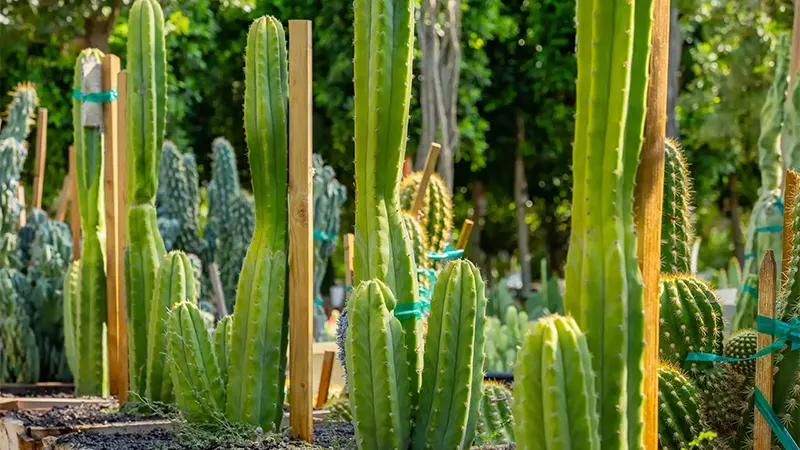
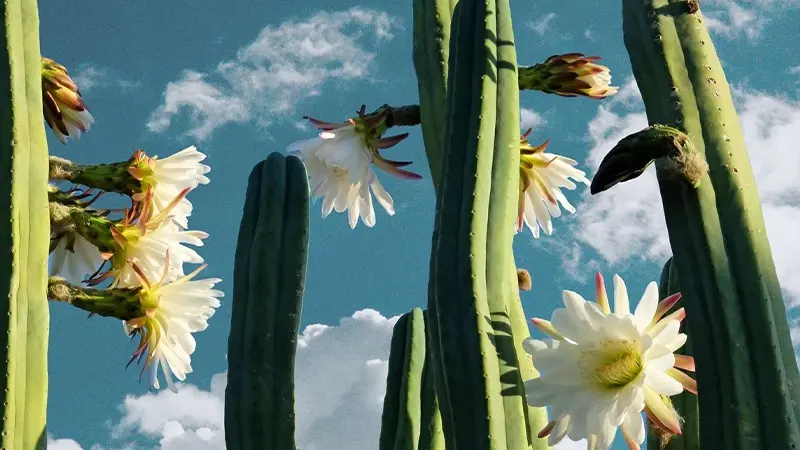
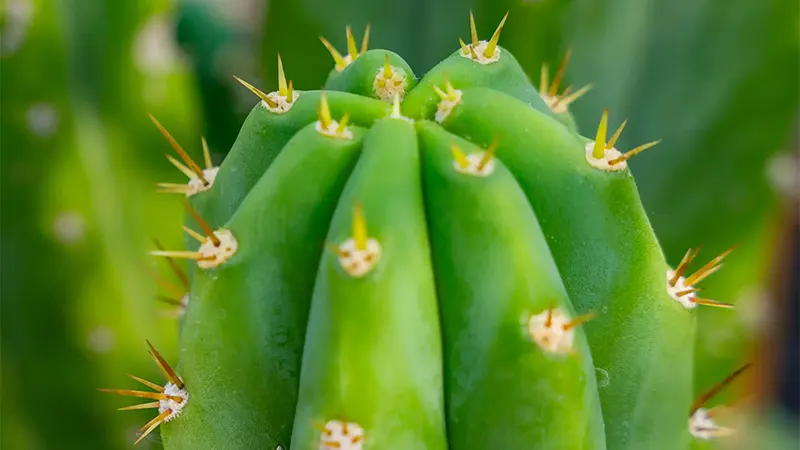
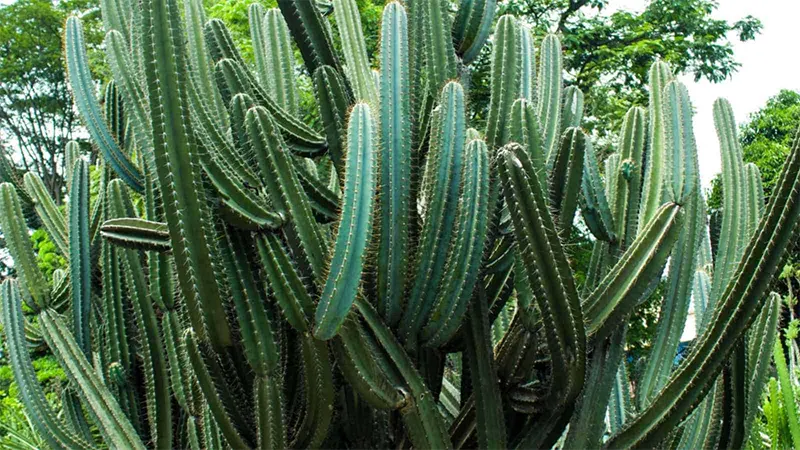

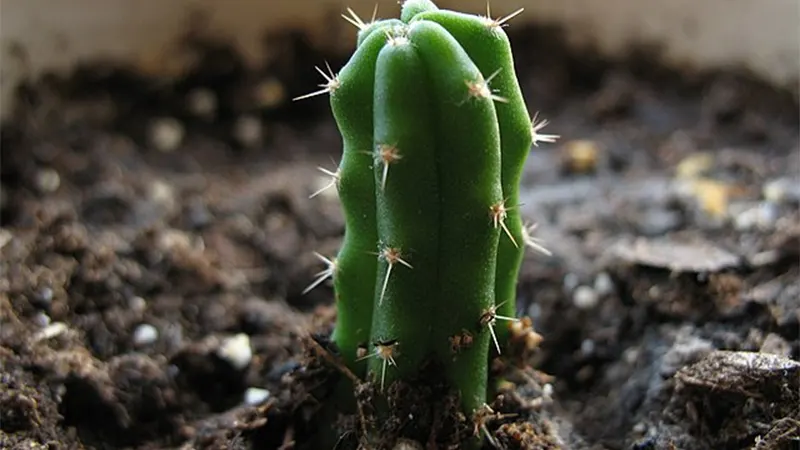





Reviews
There are no reviews yet.